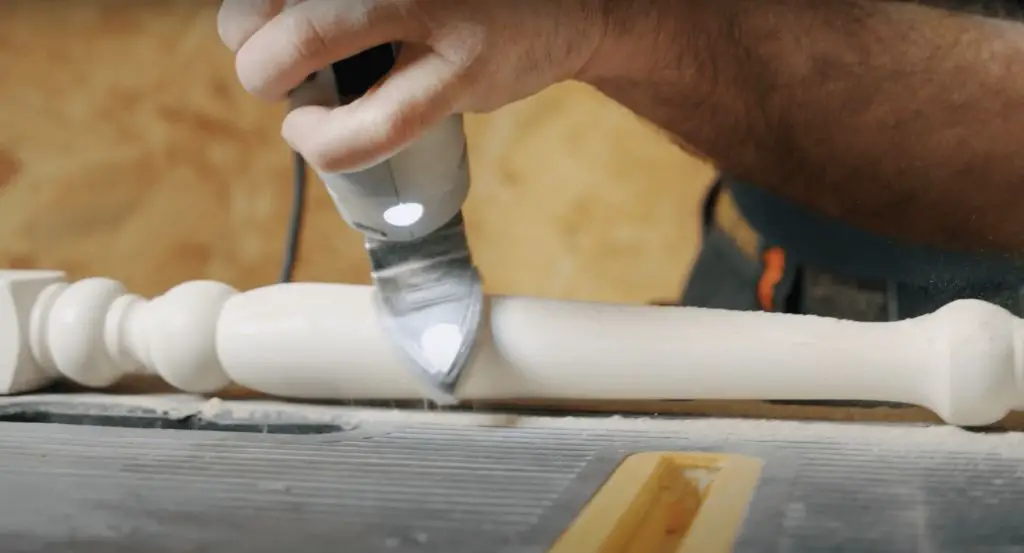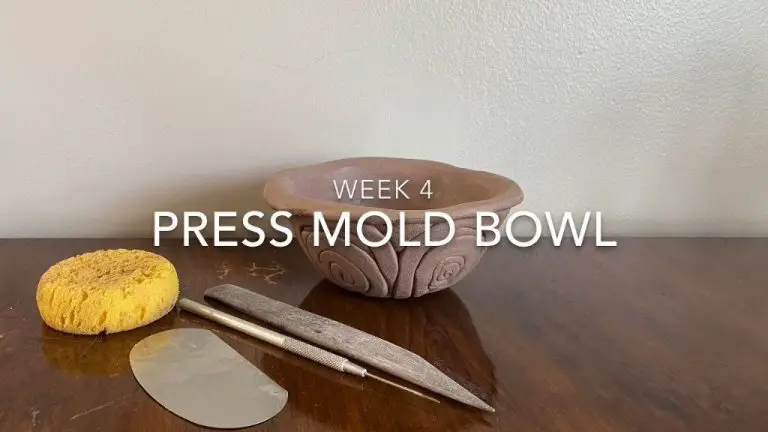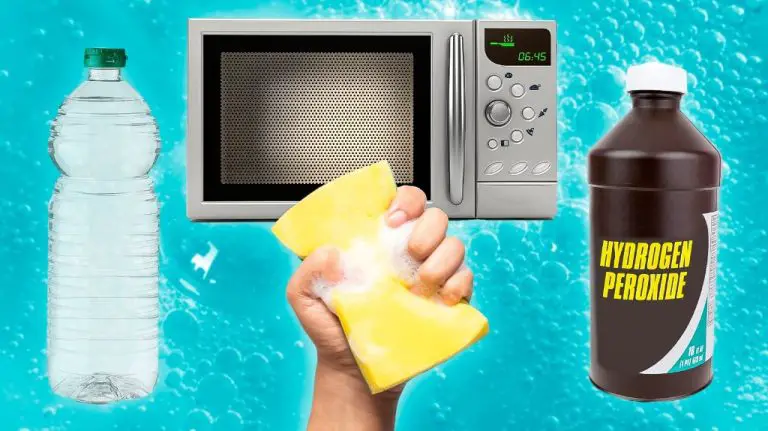What Are Sanding Sticks Used For?
What Are Sanding Sticks?
Sanding sticks are small, handheld tools used for sanding and finishing work on detailed or hard-to-reach surfaces. They consist of sandpaper that has been wrapped around a narrow, elongated stick or holder made of wood, plastic, or metal. The sandpaper is tightly affixed to the stick with adhesive. The stick provides a firm, easy-to-grip handle to allow controlled sanding.
Sanding sticks are generally 6-12 inches long and less than 0.5 inches wide. They come in a range of grits, from coarse to fine, suitable for different sanding needs from material removal to polishing. Coarse grits (60-100) are used for aggressive sanding while finer grits (150-220+) create smooth finishes. The narrow shape allows sanding in confined areas that conventional sandpaper can’t easily reach.
There are a few main types of sanding sticks:
- Standard sanding sticks have sandpaper wrapped straight around a wooden or plastic stick.
- Contoured sanding sticks are shaped to fit into curved areas like inside bowls or glasses.
- Needle files have a very slender, pointed tip for precision work in tiny spaces.
- Emory boards are similar to nail files with sandpaper on a thin, flexible wood or cardboard backing.
Quality sanding sticks feature even, consistent grits of sandpaper and sturdy sticks that withstand pressure during use without cracking or splitting (Source: https://www.amazon.com/Sanding-Sticks-Matchsticks-Detailing-Plastic/dp/B09YM8N52P). They are inexpensive, reusable tools that make detailed hand sanding much easier.
Uses for Sanding Sticks
Sanding sticks have a variety of uses across different industries and hobbies where detailed sanding is required. The main uses and applications of sanding sticks include:

Sanding curves and irregular shapes – The narrow profile of sanding sticks allows for sanding curves, crevices, and other irregular shapes that would be difficult to reach with larger sanding blocks or power sanders. This makes them useful for detailed sanding on projects with curved and intricate shapes.
Sanding fine details – The tip of the sanding stick can be used to sand small, fine details that require precise abrasion. Jewelers, woodworkers, and other craftspeople use sanding sticks for detailed final sanding.
Sanding hard-to-reach areas – Sanding sticks can reach into tight spaces, interior angles, corners, and other hard-to-access areas. Their versatility makes them helpful for sanding in confined spaces.
Removing finish layers – The abrasive grit on sanding sticks can be used to selectively remove layers of finish, stain, paint, or other coatings. This allows for controlled removal of coatings in detailed areas.
Smoothing edges – The narrow profile of sanding sticks allows them to smooth edges on projects. They can soften sharp edges on wood, metal, acrylic, and other materials after cutting, drilling, or routing.
According to Fire Mountain Gems, sanding sticks are commonly used to sand down non-ferrous metals, wood, and polymer clay for arts, crafts, and jewelry making.
Types of Sanding Sticks
There are several different types of sanding sticks available, each designed for specific uses and materials. Some key types include:
Abrasive Sanding Sticks – These sticks have a strip of sandpaper or other abrasive material like emery cloth wrapped around them. The abrasive grit sizes range from very coarse (24 grit) to extremely fine (2000+ grit). Coarse grits are used for rapid stock removal while finer grits create smooth polished finishes.[1]
Non-Abrasive Rubber or Felt Sticks – Instead of abrasives, these sticks have a rubber or felt surface to sand and polish without scratching. They can be used on soft metals like gold, silver and copper. Some felt sticks are infused with polishing compounds.
Contoured Sanding Sticks – Shaped sticks allow sanding in hard to reach concave areas like inside pipe joints. Common shapes are conical, flame, knife edge and spherical nibs.
Detail Sanding Sticks – Smaller sticks, from 1/8″ to 3/4″ wide, are made for detail sanding in tight spots. Useful for crafts, models, jewelry, and electronics.
Choosing the right stick shape, size and abrasive material is important for effective and efficient sanding on different surfaces and workpiece geometries.
[1] https://www.musicmedic.com/products/repair-supplies/abrasives/sanding-sticks.html
Advantages of Sanding Sticks
Sanding sticks have several key advantages over traditional sandpaper sheets for detail sanding work:
Flexibility – Sanding sticks can flex and bend to conform to curved surfaces, allowing you to sand intricate areas that would be difficult to reach with flat sandpaper.[1]
Maneuverability – The narrow shape of sanding sticks allows you to precisely control the sanding surface and maneuver into tight spaces and small details that sandpaper can’t easily access.[2]
Adaptability – Sanding sticks come in a wide range of grits, from very coarse to extremely fine. This makes it easy to progress through the full sanding process using just sticks.[3]
Reach – The elongated shape and narrow profile of sanding sticks enables them to reach into crevices, holes, carvings, and other areas that would be difficult or impossible to sand with a flat sheet.
Intricate Work – For any highly detailed sanding task, sanding sticks are better than sandpaper. Their flexibility and precision make them ideal for intricate work on small objects or areas.
Disadvantages of Sanding Sticks
While sanding sticks have many benefits, they also come with some downsides compared to other sanding tools. One of the main disadvantages is that sanding sticks are less versatile than power sanders when working on large flat surfaces. As one Reddit user pointed out, sanding sticks can be “not as easy to work with as sanding sponges on tighter surface areas or small edges” (source). Manual sanding with sticks tends to be slower and more labor intensive compared to electric sanders.
Sanding sticks require the user to put in more physical effort and time to sand down materials. This can become tiring, especially when working on big projects. As noted on a hobby forum, sanding sticks may not be ideal for large flat surfaces where power tools would save time and effort (source). The manual nature of sanding sticks means the user needs patience and care to achieve smooth results.
In summary, sanding sticks lack the speed and versatility of power sanders for covering large areas efficiently. Projects requiring substantial sanding may be better suited to electric tools rather than manual sanding sticks.
Sanding Techniques with Sticks
Proper technique is important when using sanding sticks to achieve the best results efficiently and safely. Here are some key tips:
Grip – Hold the sanding stick lightly between your thumb and fingers. Don’t squeeze too tightly.
Pressure – Apply light, even pressure as you sand. Pressing too hard can create deep scratches.
Strokes – Use long, smooth strokes in the direction of the grain when sanding wood. For metal, use back-and-forth motions. Keep your motions consistent.
Cleaning – Periodically wipe away sanding residue with a clean cloth so it doesn’t clog the abrasive paper.
Safety – Wear a dust mask when sanding to avoid inhaling fine particles. Work in a well-ventilated area.
For best results, gradually step down grits starting with a coarser stick and moving to finer grits. Soak used sticks in water to remove built-up residue. Replace sticks once the abrasive paper is worn out.
Sanding Sticks for Woodworking
Sanding sticks are commonly used in woodworking for shaping and smoothing wood. Their narrow profile makes them ideal for getting into tight spaces and finishing challenging shapes, curves, edges, and crevices that wider sandpaper can’t easily reach.
Sanding sticks allow woodworkers to delicately shape and refine their work. They can be used to soften sharp edges, blend surfaces, and add decorative details. When sanding curved surfaces like chair legs or rounded table edges, sanding sticks help maintain the intended shape whereas power sanders may remove too much material.
For detailed final smoothing and finishing, sanding sticks produce a more uniform surface than sandpaper sheets. The thin sticks flex to match the exact contours of the wood. This helps prevent uneven scratches or swirl marks that can show through wood finishes. Fine grit sanding sticks are commonly used as a final sanding step before applying stain, paint, varnish or other coatings.
Sanding sticks are available in a wide range of abrasive grits to suit different needs from coarse wood removal to ultra-fine polishing. Some types have abrasive material on all sides for multidirectional sanding. Replaceable sanding bands allow refreshing the abrasive as it wears down. Premium sanding sticks may use higher quality abrasives that last longer before needing replacement.
With practice, woodworkers can gain precision control when using sanding sticks. Pairing sanding sticks with other hand sanding tools like sanding sponges or blocks allows tackling all the different sanding challenges that come up in wood projects.
Sanding Sticks for Auto Body Work
Sanding sticks are commonly used for smoothing body filler, primer, and getting into tight spaces when doing auto body work. Their thin profile makes them ideal for contouring curved or uneven surfaces on vehicles. According to AutoBodyToolMart, sanding sticks are great for “detail sanding of contours and hard to reach areas like bumpers, mirrors, door jambs, seams, louvers, etc” (source).
The flexible sandpaper allows the sticks to conform to curved panels and irregular shapes. This makes them perfect for smoothing body work on fenders, doors, and other contoured areas of a vehicle’s body. Sanding sticks give auto body technicians more control and precision versus regular hand sanding.
Using sanding sticks helps prepare these areas for painting by removing imperfections in the body filler and primer coats. According to Collision Services, they can be used “where sanding boards and other tools can’t reach” (source). The thin profile reaches into recessed parts of the body others tools can’t access.
Other Uses of Sanding Sticks
Beyond woodworking and auto body work, sanding sticks have many other handy uses across a variety of hobbies, crafts, and trades.
For crafters and artists, sanding sticks are quite versatile for smoothing and shaping polymer clay, modeling compounds, plaster, and even 3D printed objects. The rigid sandpaper conforms nicely to curved and detailed surfaces. Sanding sticks with fine grits like 600 or 1000 are ideal for polishing [https://www.firemountaingems.com/resources/videos/f139].
In metalworking, sanding sticks allow jewelers and metalsmiths to finely sand down and polish small pieces of non-ferrous metals like copper, bronze, and silver. The abrasive grit can reach into crevices and tight spots compared to alternatives like sanding discs or belts.
For home improvement projects, sanding sticks come in handy for drywall work, especially for sanding corners, edges, and around wall cutouts with precision. Masons also utilize sanding sticks for honing and texturing stone surfaces.
Whether it’s crafting, metalworking, or construction, sanding sticks deliver versatile, contoured abrasion for detailed finishing work.
Sanding Stick Alternatives
While sanding sticks are useful in many applications, there are times when other options may be better suited for the task at hand. Some common alternatives to sanding sticks include:
Sandpaper – Available in a wide variety of grits, sandpaper can be wrapped around edges and used to sand small detailed areas. It conforms well to surfaces. However, it lacks the rigidity of a sanding stick so controlling the sanding motion can be more difficult. Sandpaper also wears out faster than other options.[1]
Power Sanders – Power sanders like orbital sanders allow you to sand much faster over large flat areas. They can be outfitted with sandpaper grits from 40 to 3000. The powered abrasion quickly removes material. However power sanders lack precision and can damage surfaces if not used carefully.
Files – Small needle files come to a fine point and allow precision removal of material in tight areas that sanding sticks can’t reach. The rigid metal construction ensures stability. Files don’t wear out as fast as sandpaper or sanding sticks. However, they can leave visible file marks on surfaces.
Sanding Sponges – Sanding sponges combine abrasive particles with a flexible sponge backing. The slight compressibility allows them to conform to contours better than sanding sticks. They are good for smoothing but lack rigidity for stock removal. The sponge wears out and compresses over time.[2]
In summary, sanding sticks strike a balance between conformability and rigidity. They excel at smoothly removing material from flat or contoured surfaces. For large surface sanding, power sanders are quicker. For precision work, files are better. Consider the specifics of the sanding application when choosing the best abrasive tool.





